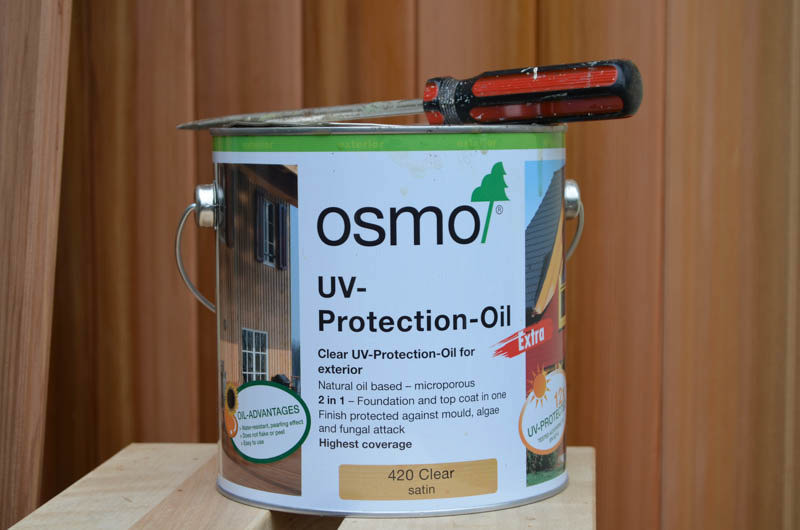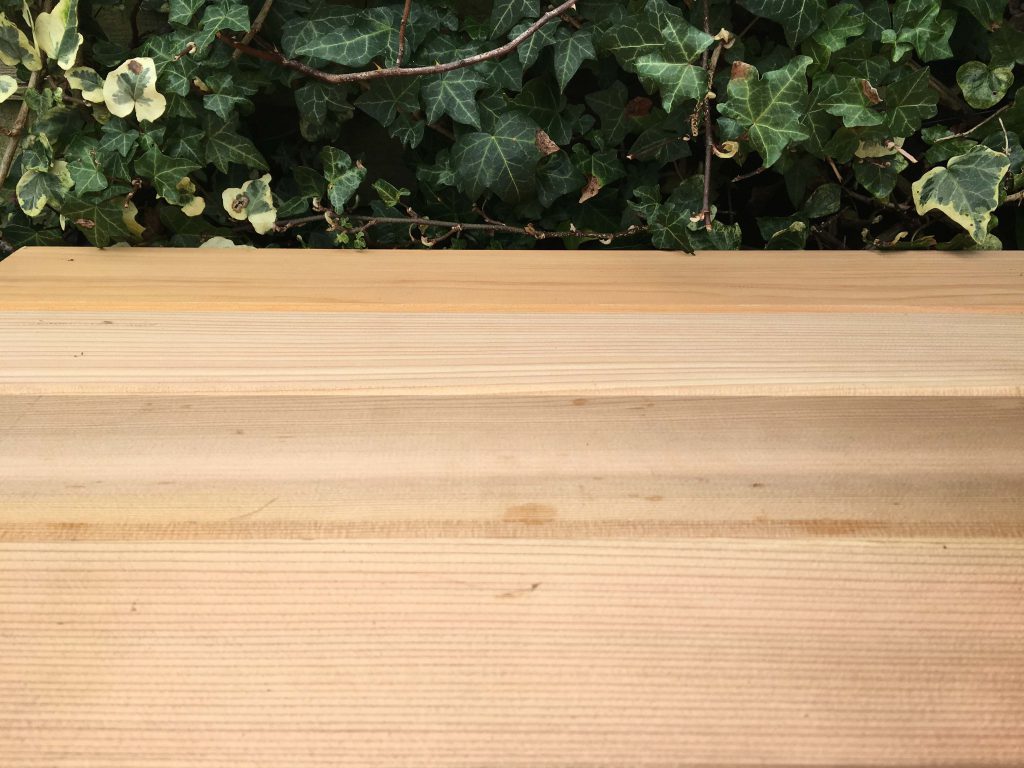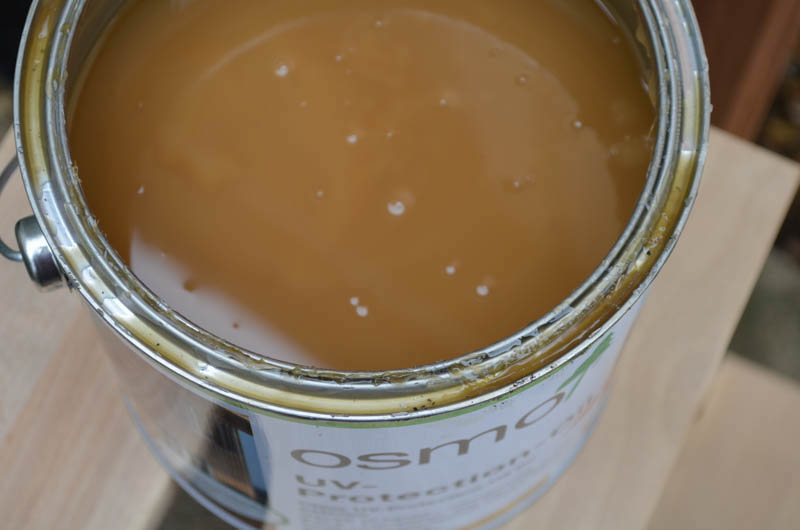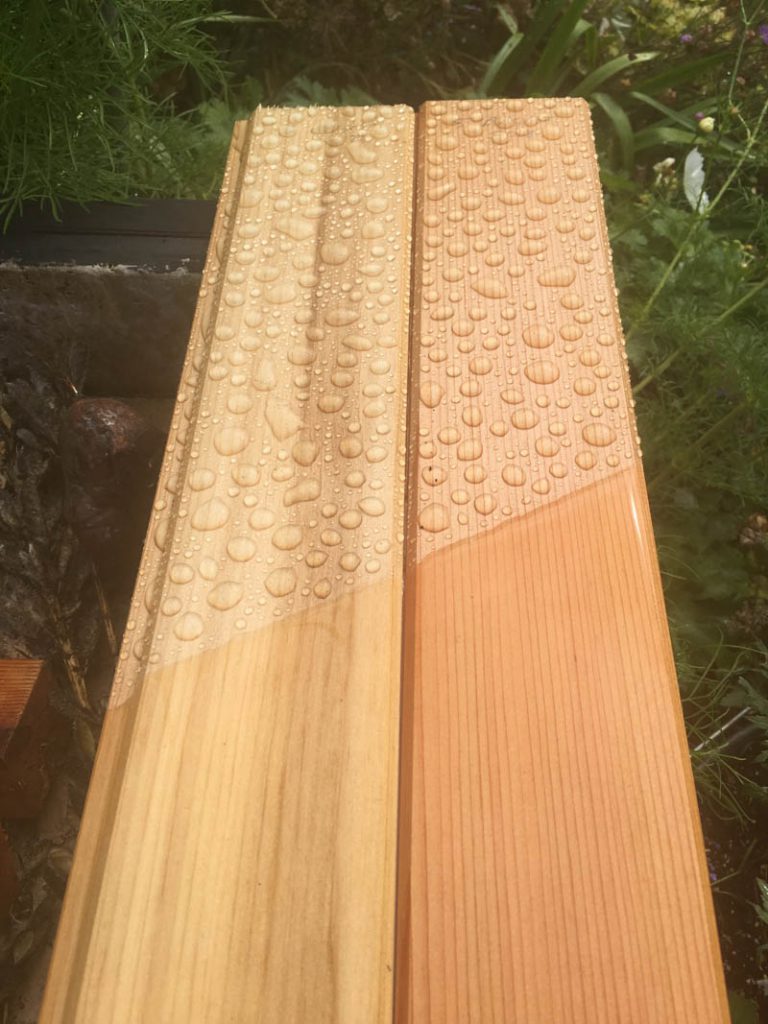MARCH 21, 2019
Over the last few months, we have been watching our Cedar age. I know what you are thinking, but it’s more interesting than it sounds!
If you explore the gallery section of this site, you will quickly see that Cedar is the dominant material used for the exterior cladding of a garden room.
It is a popular choice because it has a rich appearance and natural durability which means it has a long lifespan without requiring extensive maintenance.
The thing is it will change colour
The thing is Cedar (and other durable softwoods like Siberian Larch) will change colour as it ages. We know buyers are drawn to the rich natural tone of Cedar. When freshly sawn it has a mellow reddish brown. Left unprotected it will weather to a silver grey as it is exposed to the sun. Still a lovely finish, but the cladding does look ‘old’ compared with newly fitted cladding.
New, unexposed Cedar cladding has reddish brown variations
Preserve the colour of Cedar

This needs to be done when the Cedar is new before it is exposed to light. The commonly used product used is OSMO UV-Oil. This is a clear finish that is reapplied every few years depending on exposure.
OSMO UV-Oil is a clear finish
Our experiment
Last year we had an extension clad in Cedar. We knew from the get-go that we wanted the ‘new look’ of the Cedar in the long term. So, as the Cedar cladding was fitted, the OSMO oil was applied.
From one length of cladding we cut three boards. We kept one in our shed, unexposed to light as our ‘control’. We then took two offcuts of the Cedar and applied two coats of the OSMO UV-oil to one end. For a clean line between the natural finish and the oiled finish, we used masking tape.
In these images taken in August 2018, you can see that the oil enriches the wood, giving it a soft sheen. It also helps repel water which as we can see on the untreated end otherwise absorbs into the wood.
Positioned on a south facing wall
We propped our tester up against a shed in a South facing position. So, it is getting full exposure to the sun. Different orientations will have a different rate of exposure. We often hear from buyers, that the front wall has changed colour quicker than the side walls; this is because of the differences in exposure.
Photo taken January 2019
We decided we would take a photo of the cladding on or around the 5th of each month to see how quickly the untreated section might change colour.
Before we look at the images
Okay, we should say when looking at the images, that the poor natural light in November and wet weather are affecting the colour difference.
There is, however, no doubt that the unprotected Cedar started to lose its richness quite quickly. The is definitely a change between the new wood of August 2018 and the most recent image in March 2019.
August 2018
September 2018
October 2018
November 2018
December 2018
January 2019
February 2019
March 2019
The colour differences in March 2019
There is a clear difference between the UV-oil protected Cedar and the unprotected section. This is in just a few months. So, if you want to maintain the original colour, ask your garden room supplier about applying a UV protector as they install your building.
https://www.thegardenroomguide.co.uk/watching-cedar-cladding-age/2019/03/21/
#cedar #cladding #gardenroomguide





